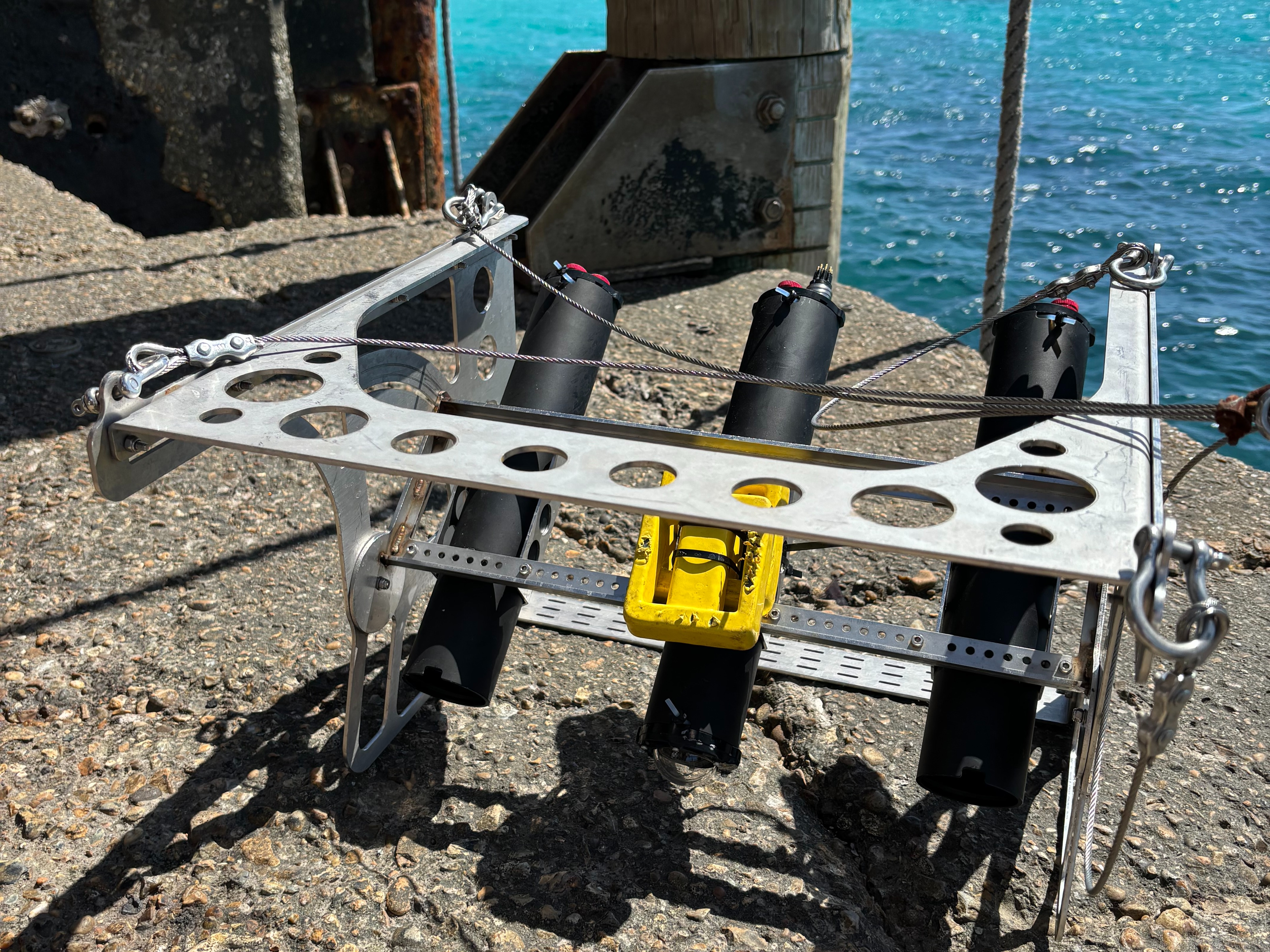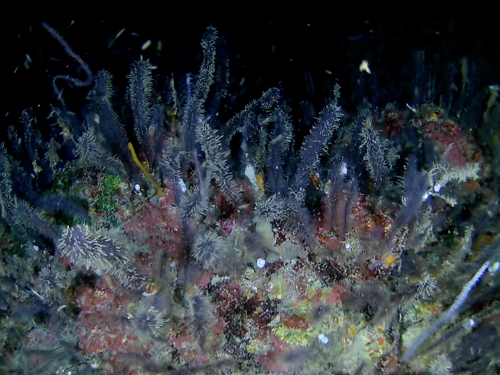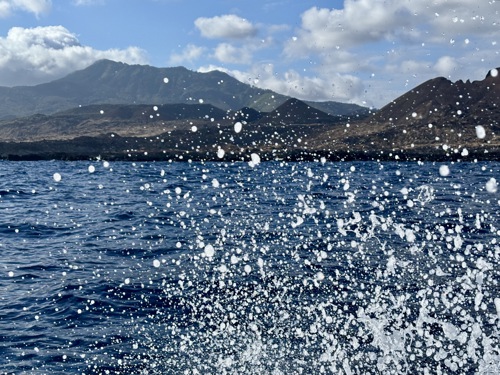Collecting crucial data from the deep

The 100 m-depth-rated camera system used to survey mesophotic ecosystems around Ascension Island. Credit - Amelia Bridges.
Building base-line knowledge of mesophotic ecosystems in Ascension Island Marine Protected Area
Located in the middle of the South Atlantic, the Ascension Island Marine Protected Area (MPA) provides protection for 445,000 km2 of primarily deep open ocean. This remote environment is rich in unique species and habitats, but little is known about it largely due to the difficulties in surveying. The project ‘Building base-line knowledge of mesophotic ecosystems in Ascension Island Marine Protected Area (MPA)’ supports efforts to effectively conserve ecosystems found deeper than 30 m, beyond the limits of traditional scuba diving. Collation of the first dataset on mesophotic ecosystems will enable more effective fisheries management, quantification of carbon sequestration, and incorporation of predicted ecosystem-specific climate-change impacts into management plans.

In November 2024, Dr Amelia Bridges (University of Plymouth) and Professor Kerry Howell (Plymouth Marine Laboratory) joined partners from Ascension Island Government Conservation and Fisheries Directorate (AIGCFD) to begin baseline surveys, as well as to provide training in the use of a tethered camera system designed to be deployed from a small vessel. During this field campaign, data was successfully collected from several sites around the island using Ascension Island Government’s (AIG) 8 m research rib vessel, the Moray. Whilst working from a small vessel in an oceanic setting comes with a unique set of challenges, the team worked together to develop safe operating procedures, forming the basis of the on-island training.
The work also garnered significant interest from the local community, evidenced by the full-capacity talk delivered by the Plymouth team at the local cinema. Dr Amelia Bridges, Research Fellow on the project said, “It was fantastic to see the enthusiasm from the local community and to work closely with the AIGCFD team to develop the protocols needed for deep-sea research. Exploring these deeper habitats was incredibly exciting, and even from the initial surveys, we saw some fascinating ecosystems and marine life that highlight just how special Ascension’s mesophotic zone is.”

This biological data was complemented by the baseline oceanographic data collection done in early 2025. This project will allow biological, oceanographic and bathymetric datasets to be collated and incorporated into management frameworks. AIG’s Director of Conservation, Dr Tiffany Simpson, said, “Gaining a better understanding of the deeper marine communities and oceanic environments of the Ascension Island MPA is a priority for AIGCFD. The data generated from this project, as well as the ongoing capacity developed for further monitoring, will contribute to closing gaps in knowledge, allowing us to employ more effective evidence-based management strategies.”
Now fully trained in the operation of the camera system, and under the leadership of AIG’s newly appointed Deep-Sea Research Coordinator Daniel Simpson, the AIG team will continue to collect data from mesophotic depths around the island.

Written by Amelia Bridges. For more information on this Darwin Plus Main project DPLUS213, led by Plymouth Marine Laboratory, please click here.

 Back
Back